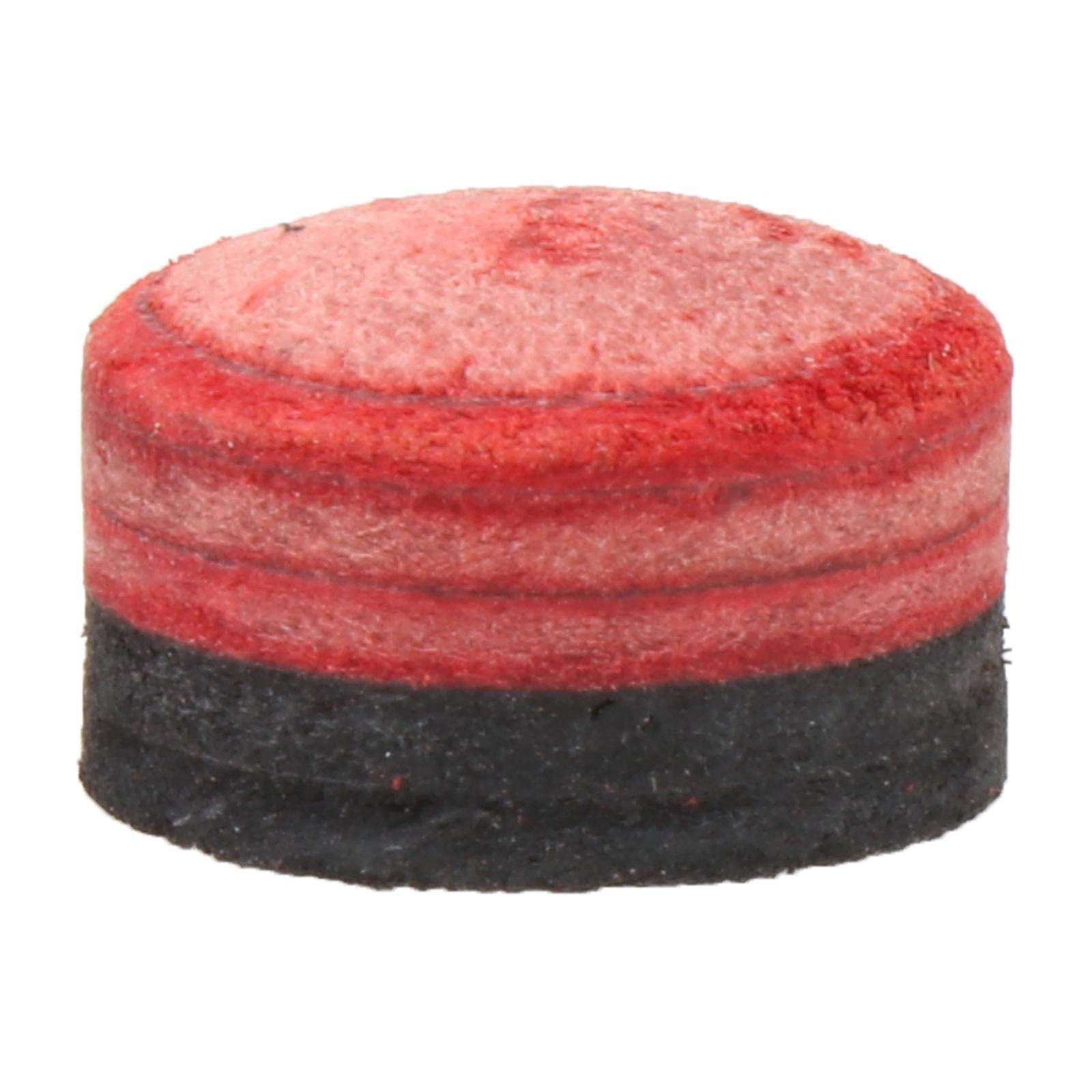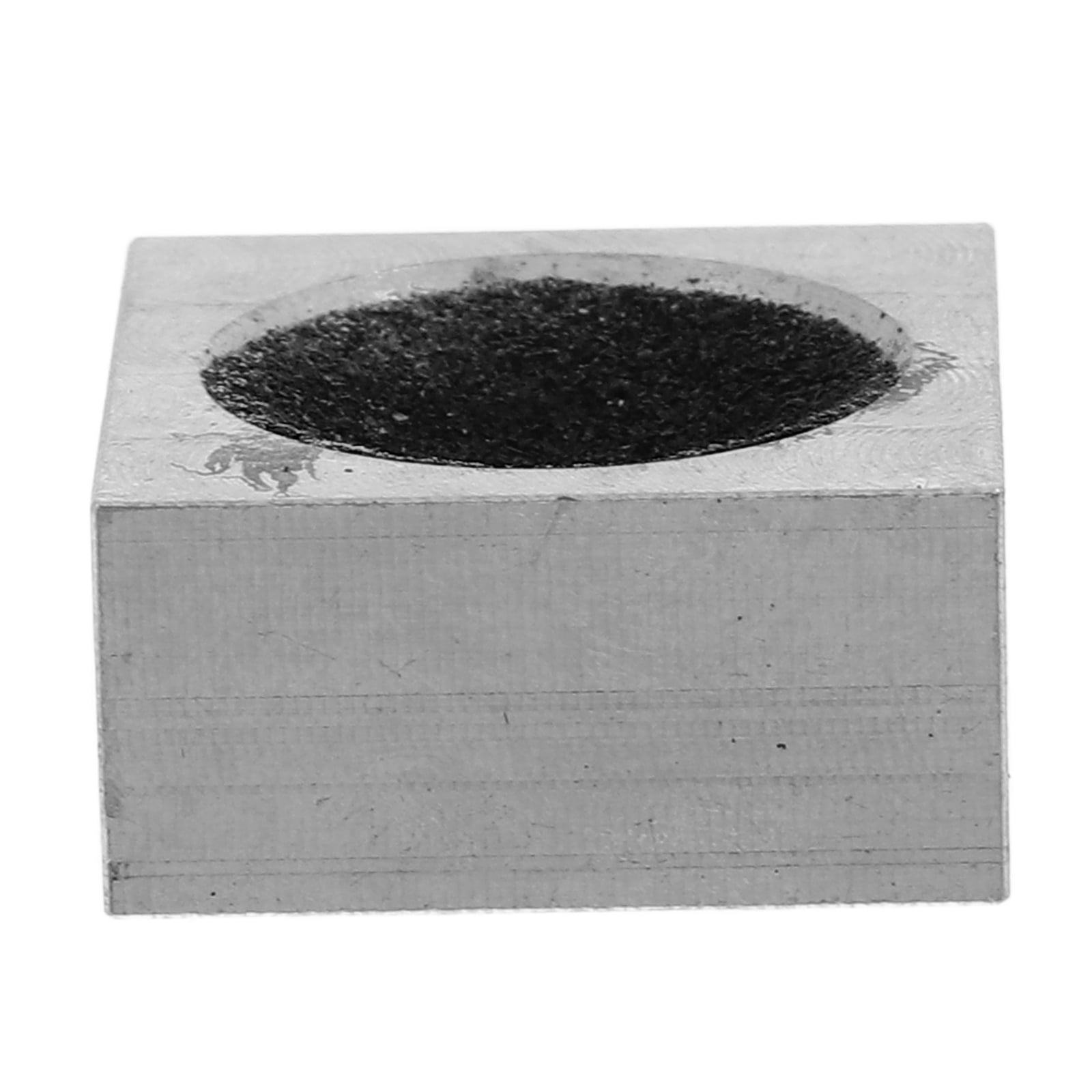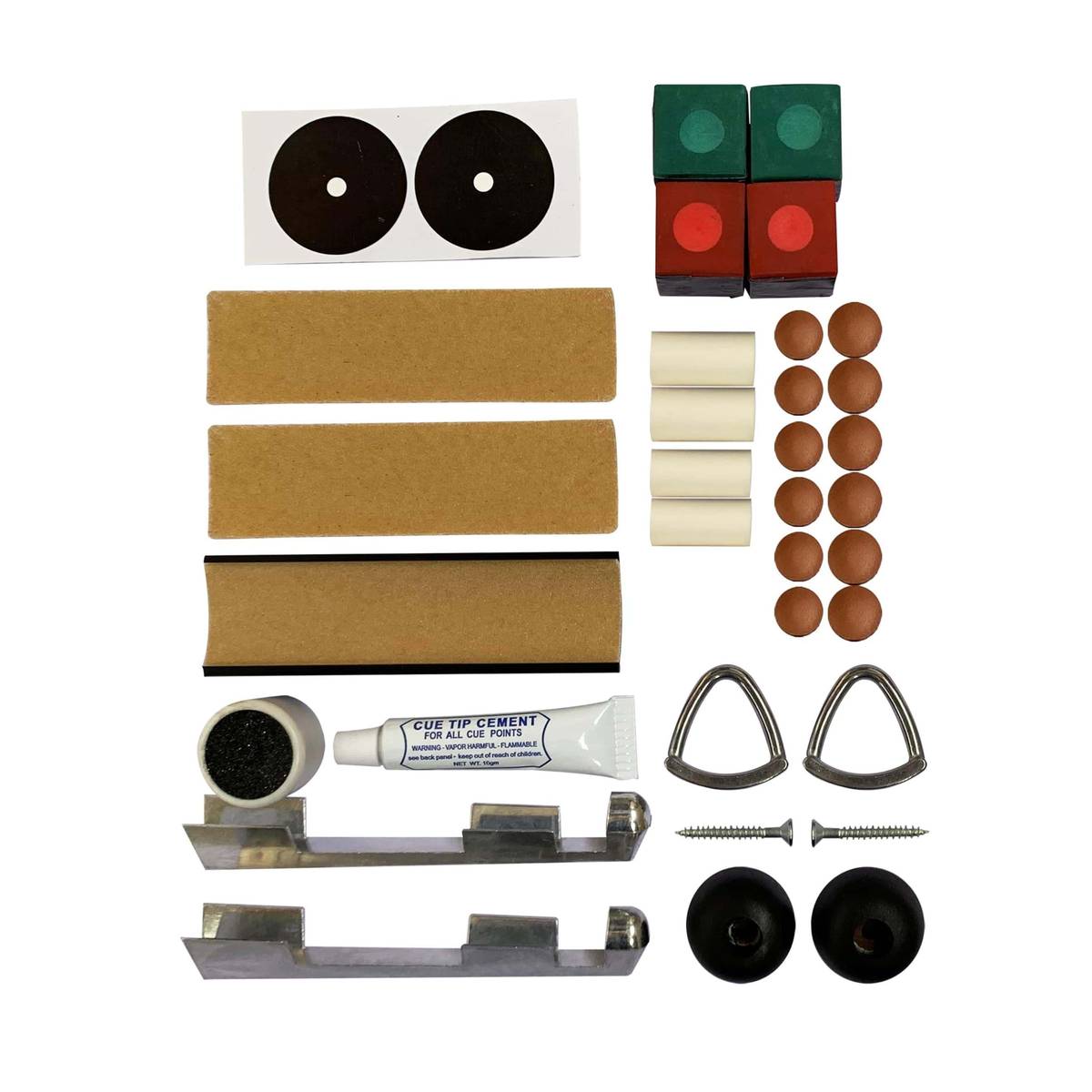Mastering Pool Cue Tip Replacement: A Beginner's Guide To Sharpening Your Game
So you've decided to take your pool game to the next level, huh? That's awesome! But wait, have you ever noticed how your cue ball just doesn't seem to kiss the object ball the way it used to? Yeah, that's probably because your pool cue tip is worn out. Don't worry, replacing it is easier than you think, and we're about to walk you through the whole process.
Let's face it, nobody wants to show up at the local pool hall with a cue that's got a flat, lifeless tip. Not only does it make your shots less precise, but it also screams newbie. But hey, even pros replace their tips regularly, so you're in good company. In this guide, we're going to break down everything you need to know about pool cue tip replacement, from tools to technique.
Think of your cue tip as the heart of your game. It's the part that transfers all your power and spin to the cue ball. A fresh, properly shaped tip can make a world of difference in your accuracy and control. And the best part? You don't need to be a master craftsman to replace it yourself. With a little practice, you'll be doing it like a pro in no time.
- Hd Hub 4 U Movie Download Your Ultimate Guide To Streaming And Downloading Movies
- Movie Download Your Ultimate Guide To Streaming And Downloading Movies Legally
Why Pool Cue Tip Replacement Matters
Okay, let's dive into why replacing your cue tip is such a big deal. Picture this: you're lining up for that perfect bank shot, but instead of kissing the rail, the cue ball goes flying off in some random direction. Frustrating, right? Chances are, your worn-out tip is the culprit. A good tip allows for better control and spin, which is crucial for those tricky shots.
But it's not just about performance. A worn-out tip can also damage your cue shaft over time. The constant pressure from hitting the ball with a flat tip can warp the wood, leading to even more issues down the line. Plus, let's be real, a cue with a fresh tip just looks cooler. Who doesn't want to show up to the pool hall with a sharp-looking stick?
Recognizing When It's Time for a Change
Now, how do you know when it's time to replace your tip? Well, there are a few telltale signs. First off, if your tip is completely flat or has cracks, it's definitely time for a change. Another red flag is when you start noticing more miscues than usual. If the cue ball is slipping off the tip instead of sinking into it, that's a clear sign your tip is worn out.
- Hdhub4u Archives Your Ultimate Destination For Entertainment And Beyond
- Jade Castrinos The Rising Star Taking The World By Storm
Here's a quick checklist to help you identify when it's time for a new tip:
- Your tip is cracked or chipped
- You're experiencing more miscues than usual
- The tip is completely flat with no curvature
- You notice the tip material coming off in chunks
Choosing the Right Pool Cue Tip
Alright, so you've decided it's time for a new tip. But hold up, not all tips are created equal. There are different types of materials and hardness levels to consider. The most common materials are leather, phenolic, and nylon. Leather tips are the go-to choice for most players because they offer a good balance of control and durability.
When it comes to hardness, it's all about personal preference. Harder tips provide more power but less spin, while softer tips offer better control and spin but wear out faster. For beginners, a medium-hardness leather tip is usually the best choice. It gives you a nice balance of both power and control without breaking the bank.
Top Brands to Consider
Now, let's talk about some top brands in the cue tip game. Kamui, Triangle, and LePro are all great options. Kamui tips are known for their exceptional control and spin, making them a favorite among pros. Triangle tips are a bit more affordable but still offer great performance. LePro tips are another budget-friendly option that provides good value for the price.
Here's a quick breakdown of some popular brands:
- Kamui – Excellent control and spin, but on the pricier side
- Triangle – Great performance at an affordable price
- LePro – Budget-friendly with decent control
Tools You'll Need for Pool Cue Tip Replacement
Before you dive into the replacement process, you'll need to gather a few tools. Don't worry, it's not a long list, and most of these items are pretty affordable. First off, you'll need a tip changer tool. This is essentially a small screwdriver specifically designed for cue tips. You'll also need a file or sandpaper to shape the new tip once it's installed.
Here's a list of tools you'll need:
- Tip changer tool
- Sandpaper (120-220 grit)
- File (optional)
- Cue shaft protector (optional)
Where to Get These Tools
So where can you find these tools? Most pool halls carry basic replacement kits, but if you want more options, your best bet is online retailers like Amazon or specialty pool stores. Prices can range from $10 for a basic kit to $50 for a more advanced setup. It's always a good idea to read reviews before purchasing to ensure you're getting quality products.
Step-by-Step Guide to Pool Cue Tip Replacement
Now that you've got your tools and materials, let's walk through the replacement process step by step. First, you'll need to remove the old tip. This is where your tip changer tool comes in handy. Simply insert the tool into the old tip and gently twist until it comes loose. Be careful not to damage the ferrule while doing this.
Once the old tip is removed, it's time to install the new one. Take your new tip and place it into the ferrule. Use the tip changer tool to gently tap it into place. You don't want to hit it too hard, as this can damage the wood or ferrule. After the tip is securely in place, it's time to shape it.
Shaping Your New Tip
Shaping your tip is crucial for optimal performance. Start by using a 120-grit sandpaper to rough out the basic shape. You want the tip to be slightly domed, not completely flat. Once you've got the basic shape, switch to a 220-grit sandpaper for a smoother finish. This will give you better control and reduce the chances of miscues.
Here's a quick summary of the shaping process:
- Use 120-grit sandpaper to rough out the shape
- Switch to 220-grit sandpaper for a smoother finish
- Aim for a slightly domed shape
Tips and Tricks for Optimal Performance
Now that your cue has a fresh tip, there are a few things you can do to ensure it performs at its best. First off, always chalk your tip before each shot. This helps improve friction between the tip and the cue ball, reducing the chances of miscues. You should also check your tip regularly for wear and tear, especially if you play frequently.
Another pro tip is to store your cue in a cool, dry place. Humidity can cause the wood to warp, which can affect the performance of your tip. If you're serious about your game, consider investing in a cue case to protect it during transport.
Common Mistakes to Avoid
Let's talk about some common mistakes people make when replacing their cue tips. One of the biggest is hitting the tip too hard when installing it. This can damage the ferrule or even crack the wood. Another mistake is not shaping the tip properly. A flat tip won't give you the control you need, and a tip that's too domed can lead to miscues.
Here's a list of common mistakes to avoid:
- Hitting the tip too hard during installation
- Not shaping the tip properly
- Using the wrong type of tip for your playing style
How Often Should You Replace Your Tip?
So how often should you be replacing your cue tip? Well, it depends on how frequently you play and your playing style. Casual players might only need to replace their tips every few months, while serious players may need to do it weekly. If you notice any signs of wear or increased miscues, it's probably time for a change.
Here's a rough guideline based on playing frequency:
- Casual players – Every 3-6 months
- Regular players – Every 1-3 months
- Professional players – Weekly or as needed
Extending the Life of Your Tip
There are a few things you can do to extend the life of your cue tip. First, always chalk your tip before each shot. This not only improves performance but also helps prevent premature wear. You should also avoid hitting the cue ball too hard, especially when practicing. Finally, store your cue properly to protect it from damage.
Conclusion: Sharpen Your Game with Proper Pool Cue Tip Replacement
Alright, we've covered a lot of ground here, so let's recap the key points. Replacing your pool cue tip is essential for maintaining optimal performance and protecting your cue. Choosing the right tip and tools is crucial, and with a little practice, you can do it yourself in no time. Remember to shape your tip properly and maintain it regularly for the best results.
Now that you're armed with all this knowledge, it's time to take action. Grab your tools, replace that worn-out tip, and hit the pool hall with confidence. And hey, if you found this guide helpful, don't forget to share it with your fellow pool enthusiasts. Happy shooting, and may your shots always be true!
Table of Contents
- Why Pool Cue Tip Replacement Matters
- Recognizing When It's Time for a Change
- Choosing the Right Pool Cue Tip
- Top Brands to Consider
- Tools You'll Need for Pool Cue Tip Replacement
- Where to Get These Tools
- Step-by-Step Guide to Pool Cue Tip Replacement
- Shaping Your New Tip
- Tips and Tricks for Optimal Performance
- Common Mistakes to Avoid
- How Often Should You Replace Your Tip?
- Extending the Life of Your Tip
- Conclusion: Sharpen Your Game with Proper Pool Cue Tip Replacement
- Authority Confirms Oak Island Mystery Solved The Untold Truth
- Hd Hub 4u South Movies Your Ultimate Destination For Cinematic Bliss

Billiard Pool Cue Tip, Snooker Pool Cue Tip Replacement, Portable Break

Aluminum Pool Cue Tip Shaper Cue Tip Shaper Cue Stick Tool Square Pool

2023'S Top 5 Pool Cue Tip Replacement Kits Buyers Guide Helpful